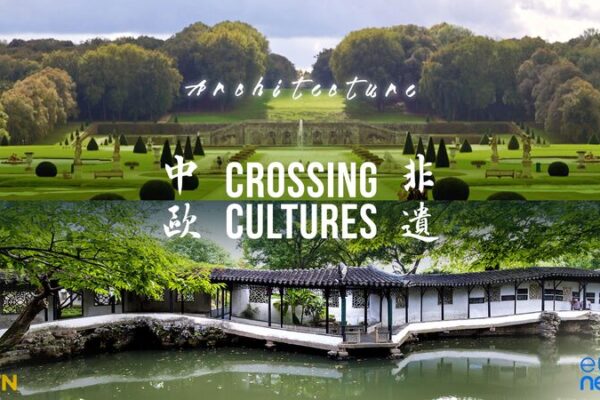When you think of a garden, you might picture a tranquil space where nature thrives freely. But in 17th-century France, gardens were transformed into grand works of art that showcased humanity’s ability to control and shape nature. This unique approach to garden design emphasized symmetry, precision, and grandeur, leaving a lasting legacy on landscape architecture.
The Vision of André Le Nôtre
At the heart of this movement was André Le Nôtre, widely regarded as the father of formal French garden design. Le Nôtre’s innovative ideas reimagined what gardens could be. His first private commission was for the Château de Vaux-le-Vicomte, where he created a breathtaking garden that stretched from the chateau to the horizon along a central axis. This design not only exemplified human dominance over natural landscapes but also set a new standard for beauty and order.
Symmetry and Grandeur in Design
French gardens of this era were meticulously planned. They featured geometric layouts, perfectly trimmed hedges, and aligned pathways that guided visitors through a carefully curated experience. Fountains, statues, and ornate decorations were strategically placed to enhance the visual impact. Every element was crafted to reinforce the idea that humanity could not only coexist with nature but also command it into orderly magnificence.
A Lasting Influence
The principles established by Le Nôtre and his contemporaries didn’t just stay in France; they spread across Europe and influenced garden design for generations. Today, the grandeur of French gardens can still be admired in places like the Palace of Versailles, another of Le Nôtre’s masterpieces. His work continues to inspire modern landscape architects around the world, reminding us of the timeless interplay between human creativity and the natural world.
For young people in the Global South, the story of French garden design offers a fascinating glimpse into how art and nature can combine to create spaces that reflect cultural values and human ingenuity. It encourages us to think about how we interact with our environment and the ways we can shape it thoughtfully.
Reference(s):
cgtn.com








